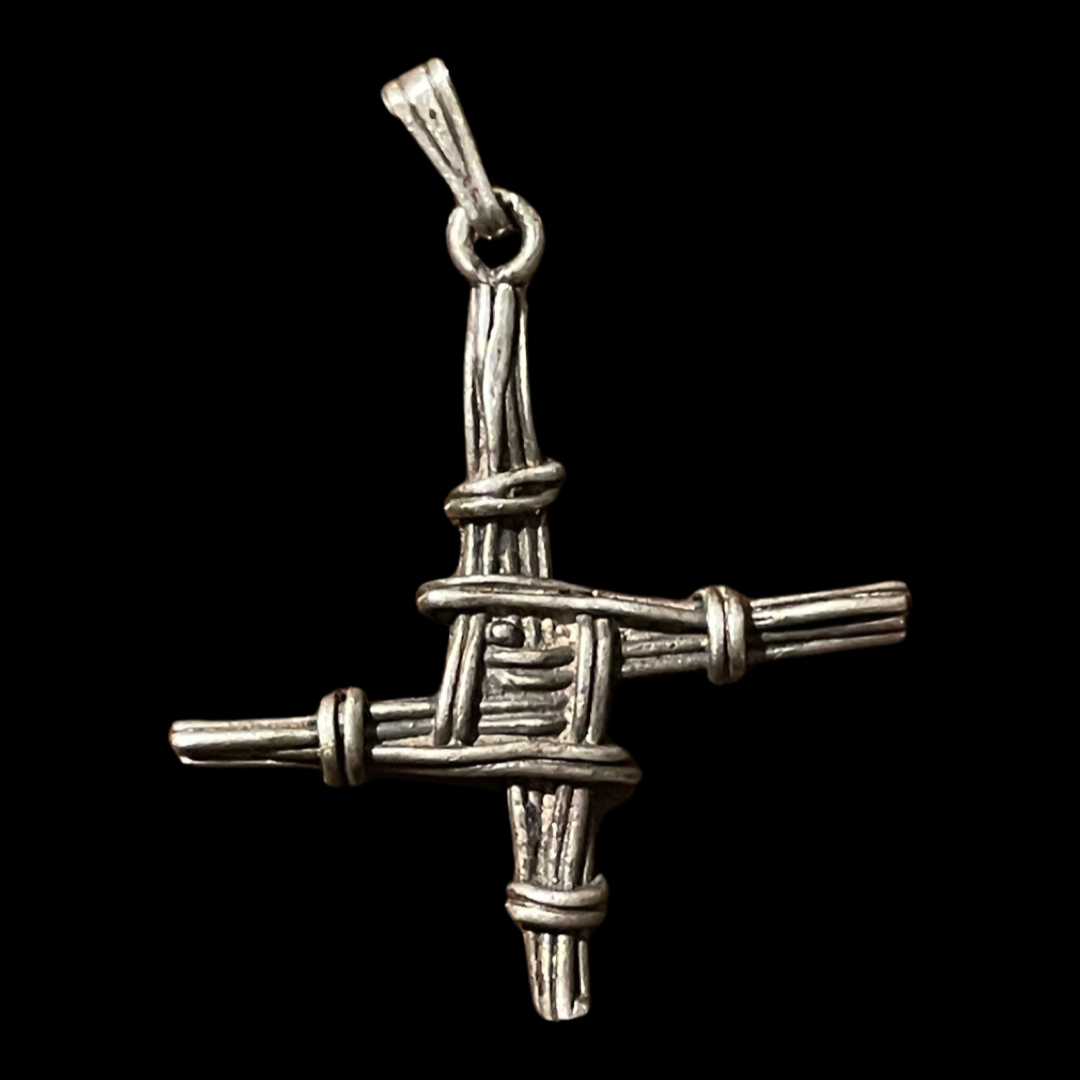Mid-Winter Celebrations Mark the Coming of Spring
It doesn’t always feel like it, but the mid-point between winter and spring falls in early February, and as a result, a lot of holidays and observances take place around this time.
Imbolc a.k.a. St. Brigid’s Day
Imbolc (pronounced im’olk), also known as St. Brigid’s Day, is observed on February 1-2 and marks the mid-point between Winter and Spring. Its origins pre-date Christianity, when a pagan goddess named Brigid was celebrated at this time of year. The name derives from Old Irish, meaning “in the belly” (imbolg) or Oimelc, meaning “ewe’s milk” because this time of year is when the seeds of Spring are “in the Earth’s belly.” Purification rituals such as pouring milk into the ground to nourish the earth and cleansing with fire are performed at this time of new beginnings.
Over time, Brigid became “St. Brigid” and a stylized cross woven from straw or rushes is made to honor her on this day. Some say you should leave a scarf or piece of clothing outside on the eve of Imbolc so that St. Brigid can bless it.
St. Brigid’s Cross Pendant, House of Good Fortune Collection
St. Brigid’s Cross Pendant, House of Good Fortune Collection
Candlemas, or the Feast of the Purification
The Christian holiday of Candlemas, which is observed on February 2 is said, like nearly all Christian holidays, to have evolved from earlier pagan practices. Candlemas marks the presentation of Jesus at the temple and the ritual purification of his mother, Mary. This ritual of purification takes place 40 days after giving birth to a male child, and 33 days after the male child was circumcised, as would have been proscribed by the Torah. For some Christians, Candlemas marks the official end of the Christmas season.
On Candlemas, candles are blessed for use on this day and throughout the liturgical year. There is also an optional procession with candles at the beginning of mass, symbolizing that Jesus is a light to the nations and a glory to his people.
Groundhog Day: Are you scared of your shadow?
February 2 is also observed as Groundhog Day in the United States. This holiday is said to have evolved from the European traditions. It is not a coincidence, dear readers, that all of these rituals take place on February 2, or the mid-point between the winster solstice and the vernal equinox, which marks the beginning of the growing season, among other things.
On Groundhog Day, Americans await the emergence of a groundhog to predict the timing of spring – if the groundhog sees his shadow, spring is still six weeks off. If he does not, there will be an early spring.
In France, the lore involves a bear coming out of its cave; and in Germany, the weather predictor is a badger. While Groundhog Day is a trivial occasion now, it was at one time regarded as a predictor of the quality of the planting season. If the animal prognosticator indicated a speedy end to winter, prospects for planting were good.
Setsubun: Throw Beans at Demons!
In Japan, people observe Setsubun in early February, just before the lunar new year begins. Wikipedia explains that "The main ritual associated with the observance of Setsubun is mamemaki (豆撒き, "bean scattering"); this ritual sees roasted soybeans (known as fukumame (福豆, lit., "fortune beans")) either thrown out of the front door, or at a member of the family wearing an oni (demon or ogre) mask while shouting "Devils out! Fortune in!" (Oni wa soto! Fuku wa uchi! (鬼は外! 福は内!)), before slamming the door. The beans are thought to symbolically purify the home by driving away the evil spirits that bring misfortune and bad health with them. Then, as part of bringing luck in, it is customary to eat roasted soybeans, one for each year of one's life, and in some areas, one for each year of one's life, plus one more for bringing good luck for the year to come."
Other practices include the putting up of small decorations of sardine heads and holly leaves (hiiragi iwashi (柊鰯)) at the entrance to a house to ward off evil spirits. A special variety of sake known as shōgazake (生姜酒) brewed with ginger is also customarily drunk on Setsubun."
Below the gentle reader can view a collection of art related to Setsubun.
“Demon Out, Happiness In” sake cups, from the collection of the Museum of International Folk Art











